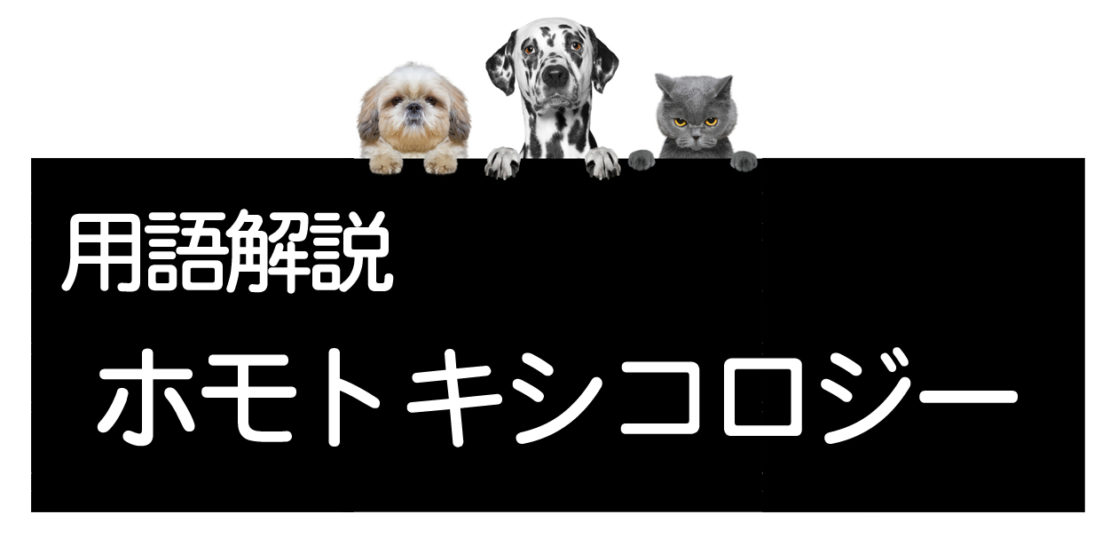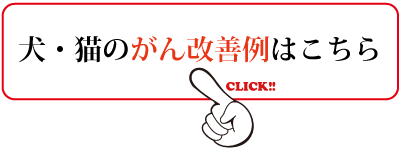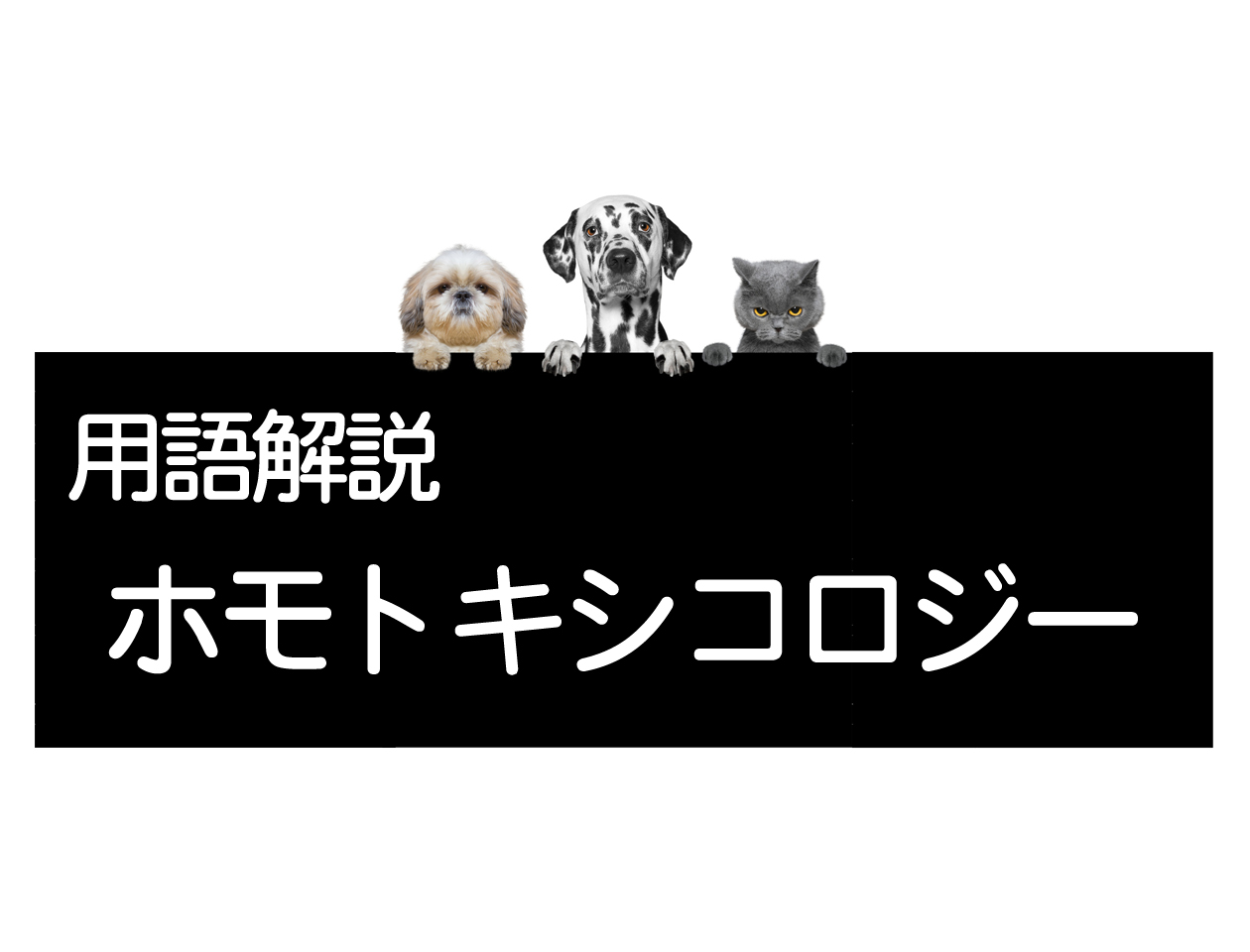目次
Introduction to Homotoxicology
 Homotoxicology is a treatment method that is recently gaining popularity as an alternative to conventional Western therapy.
Homotoxicology is a treatment method that is recently gaining popularity as an alternative to conventional Western therapy.
Homotoxicology preparations are administered either via injection or orally.
The most common disease treated with this method is chronic renal failure in cats.
When conventional treatments such as subcutaneous fluids and therapeutic diets are not producing adequate results, it may be worth a try.
There are various other homotoxicology preparations available that can be tried for different diseases.
Veterinarians with extensive knowledge and experience have a wider range of preparation options to choose from.
Some people occasionally confuse it with homeopathy, but it is completely different from homeopathy.
Features of Homotoxicology
To treat diseases, body toxins are removed (detoxified).
While the term detoxification has become more recognized in Japan, homotoxicology can be thought of as an elevated form of detoxification applied at a therapeutic level.
The treatment involves using preparations known as “homotoxicology preparations,” which are made from a combination of multiple ingredients.
Sometimes only one type is used, while other times a combination of 5-6 types is used.
The combination varies depending on where the treatment focus is.
Application skills and creativity derived from experience are crucial in treatment.
Experienced veterinarians can find better combinations suitable for each individual animal by observing responses.
Injectable preparations tend to produce relatively sharp effects but generally need to be administered at a veterinary clinic.
Since it is challenging to visit the clinic daily, it is possible to prevent treatment gaps by combining tablets and ointments that owners can administer at home.
Due to the low side effects and minimal burden on the body, it is possible to use this method in conjunction with other treatments and medications.
Of course, homotoxicology is not a cure-all, similar to other treatment methods. Supplements where other treatments fall short is a necessary perspective.
Although Homotoxicology treatment is generally positioned as a complement to conventional Western treatments, it can sometimes be used alone in situations where the body cannot endure more intensive treatments or the pet owner prefers less aggressive methods.
Homotoxicology for Renal Failure and Impaired Renal Function
Kidney disease in pets seems to be more common compared to humans. Particularly in cats, which are inherently considered to have weaker kidneys, many are diagnosed with renal failure.
In humans, renal failure typically implies a very advanced and terminal stage, where recovery of kidney function is almost impossible.
However, for cats, even relatively mild conditions are often labeled as renal failure, and there is no need to immediately give up hope saying “it’s over.”
Common treatments include subcutaneous fluids, protein restriction, and phosphorus restriction, which are known not to cure kidney disease but to slow its progression.
Adding homotoxicology to these treatments may further enhance the potential to slow down the progression of the disease.
One of the key attractions of homotoxicology is that it can be added to conventional treatments. The effectiveness can be judged based on changes in creatinine levels and overall health improvements.
If significant improvement is observed, it may be possible to reduce the frequency of subcutaneous fluids.
Since subcutaneous fluids are not pleasant experiences for dogs and cats, this reduction could help ease their stress levels. Consult with your veterinarian.
Animal Hospitals Practicing Homotoxicology
Below is a list of animal hospitals that handle Cordy* in clinical practice and have adopted homotoxicology as part of their treatment methods.
※ Please note that we do not have information on animal hospitals practicing homotoxicology other than those listed below. For more details regarding homotoxicology treatments, please contact the respective animal hospitals.
- Pet Medical Kugahara (Ota-ku, Tokyo)
- Minami-Koiwa Pet Clinic (Edogawa-ku, Tokyo)
- Acacia Animal Hospital (Kodaira City, Tokyo)
- Anea Animal Hospital (Nishitokyo City, Tokyo)
- Ai Animal Hospital (Saitama City, Saitama Prefecture)
- Sakura Animal Hospital (Fujimino City, Saitama Prefecture)
- Fairy Pet Care Clinic (Okegawa City, Saitama Prefecture)
- Izumi Pet Clinic (Yokohama City, Kanagawa Prefecture)
- Hidamari Animal Hospital (Sagamihara City, Kanagawa Prefecture)
Homotoxicology and Cordy
Our laboratory is conducting research on the synergistic effects when homotoxicology and Cordy are used together.
We can also send out materials about Cordy to animal hospitals, so we recommend discussing the combined use of homotoxicology and Cordy with your veterinarian.
If you have any questions about Cordy, please feel free to contact us.
監修獣医師:林美彩 所属クリニック:chicoどうぶつ診療所

代替療法と西洋医学、両方の動物病院での勤務経験と多数のコルディの臨床経験をもつ。 モノリス在籍時には、一般的な動物医療(西洋医学)だけでは対応が困難な症例に対して多くの相談を受け、免疫の大切さを痛烈に実感する。
ペットたちの健康維持・改善のためには薬に頼った対処療法だけではなく、「普段の生活環境や食事を見直し、自宅でさまざまなケアを取り入れることで免疫力を維持し、病気にならない体づくりを目指していくことが大切である」という考えを提唱し普及活動に従事している。
所属:






